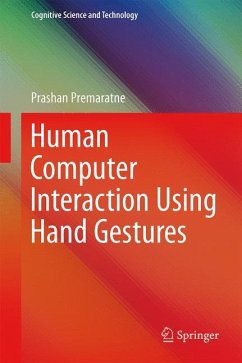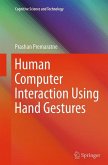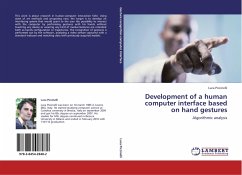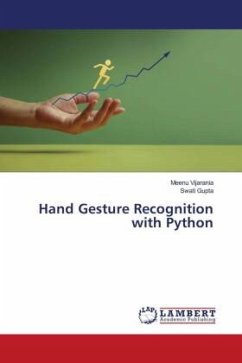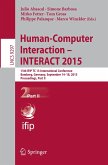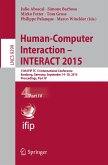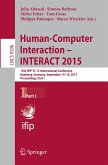Human computer interaction (HCI) plays a vital role in bridging the 'Digital Divide', bringing people closer to consumer electronics control in the 'lounge'. Keyboards and mouse or remotes do alienate old and new generations alike from control interfaces. Hand Gesture Recognition systems bring hope of connecting people with machines in a natural way. This will lead to consumers being able to use their hands naturally to communicate with any electronic equipment in their 'lounge.' This monograph will include the state of the art hand gesture recognition approaches and how they evolved from their inception. The author would also detail his research in this area for the past 8 years and how the future might turn out to be using HCI. This monograph will serve as a valuable guide for researchers (who would endeavour into) in the world of HCI.
From the book reviews:
"This book is suitable for undergraduate students because the mathematics and color theory are beyond the general layperson. Each chapter is fully referenced, pointing to other sources of related information. I recommend it for students engaged in human-computer research and those looking for an in-depth understanding of these concepts." (S. M. Godwin, Computing Reviews, February, 2015)
"This book is suitable for undergraduate students because the mathematics and color theory are beyond the general layperson. Each chapter is fully referenced, pointing to other sources of related information. I recommend it for students engaged in human-computer research and those looking for an in-depth understanding of these concepts." (S. M. Godwin, Computing Reviews, February, 2015)

